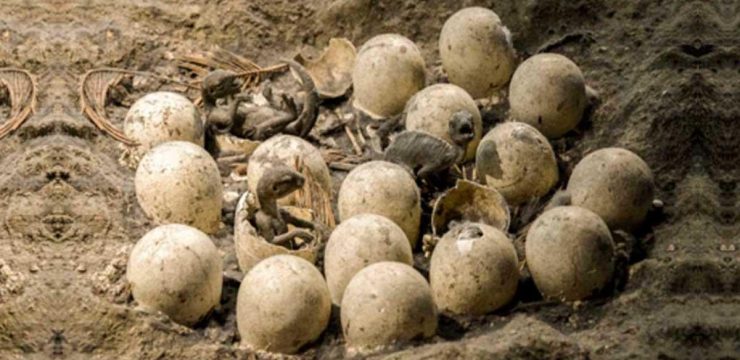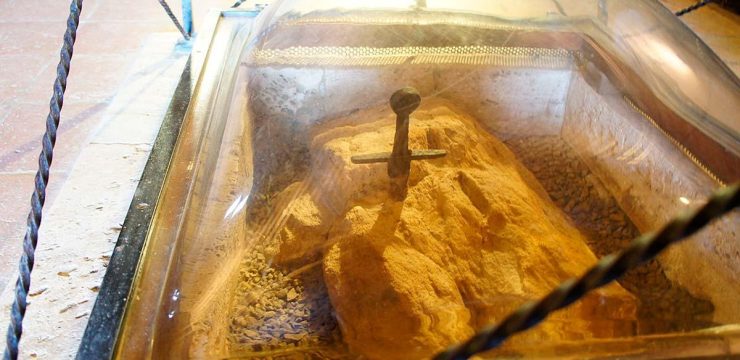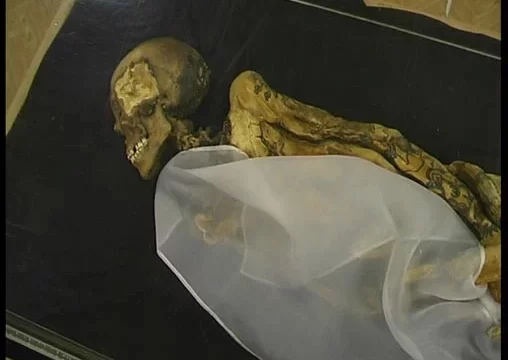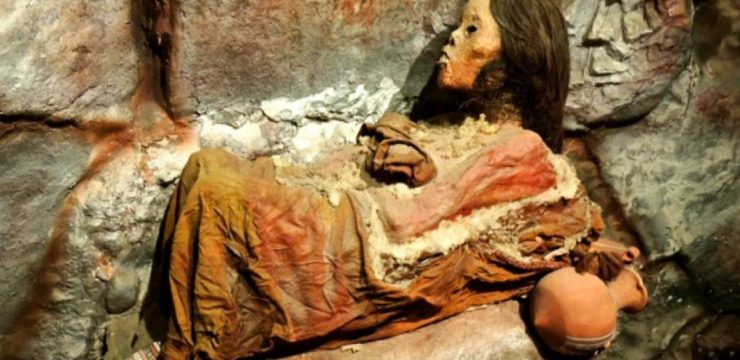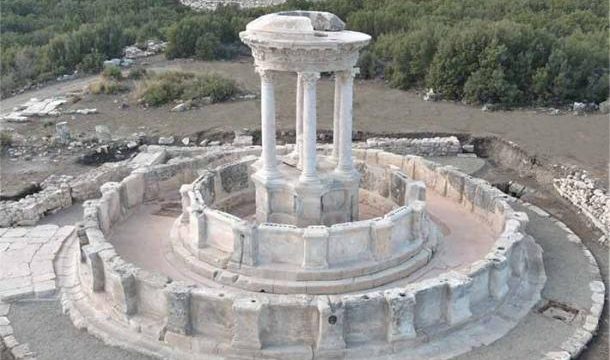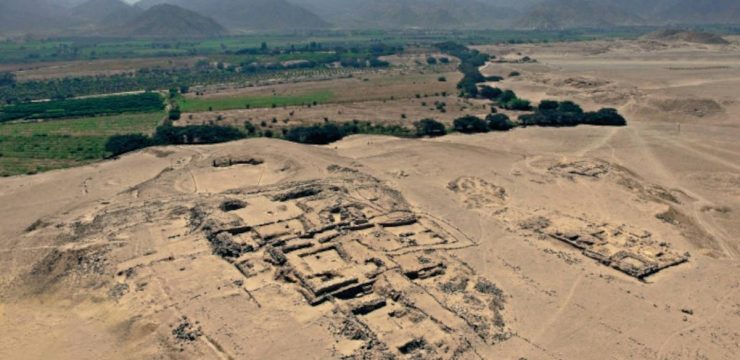In the arid terrain of Himera, Sicily, a discovery has emerged that profoundly reshapes how we understand ancient Greek warfare. A 2,500-year-old mass grave uncovered during a railway construction project has shed new light on the true makeup of Greek armies and calls into question the long-held image of citizen-soldiers defending their homeland. This archaeological find not only disrupts a romanticized narrative but also invites us to see ancient military history through a much broader and more complex lens.
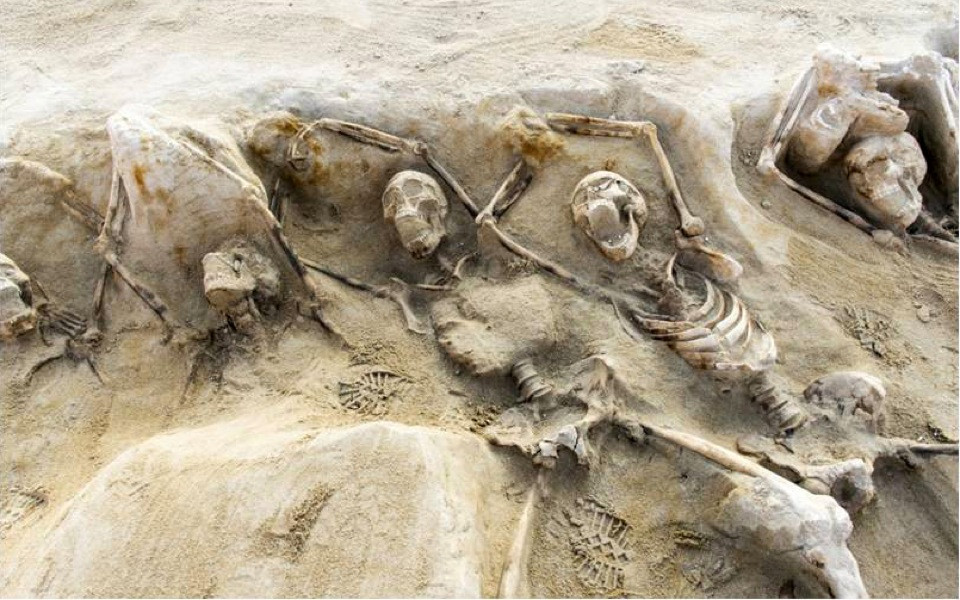
The event in question is the Battle of Himera in 480 B.C., a conflict that historians for centuries have depicted as a noble stand by ordinary Greek citizens against a powerful Carthaginian invasion. Traditional accounts portray brave men of the polis voluntarily answering the call to defend their city, guided by patriotism and a shared sense of cultural identity. However, a recent scientific study tells a very different story—one written not in ink but in DNA and bones. Analysis of the remains found in the mass grave near Himera’s western necropolis reveals that the individuals who fought and died in this battle were far from a homogenous group of Greek citizens. Instead, many of them were mercenaries—foreign warriors from distant regions who had come to Sicily not for love of the polis, but for promises of payment and adventure.
Genetic data extracted from the bones paints a vivid picture of diversity. Some of these soldiers came from the steppes of present-day Ukraine, while others originated from areas that are now Latvia and Bulgaria. These findings suggest that the battlefield at Himera was filled with men who had traveled thousands of miles to fight in a conflict far removed from their homelands. These weren’t men born and raised in Himera or even in neighboring Greek colonies—they were international warriors, likely contracted by local rulers seeking to bolster their armies with professional fighters.
This practice of hiring foreign soldiers wasn’t an anomaly. It was a common strategy used by the tyrants of ancient Sicily, who controlled various Greek cities at the time. These rulers—often seen as controversial figures—understood that mercenaries brought experience, strength, and loyalty that wasn’t always guaranteed by local citizens. In fact, the widespread use of mercenaries was so ingrained in the political and military systems of the time that it even influenced the economic infrastructure. Coinage began to flourish in Sicily in part to facilitate payment to these hired warriors, further proving how embedded mercenary service had become in the broader society.
The scientific methods employed in this study are as groundbreaking as the discovery itself. By combining genomic sequencing with isotopic analysis, researchers were able to determine the geographical origins of the soldiers with a surprising level of accuracy. Isotopes found in the bones provided data about the water and food consumed by these individuals during their lives, helping to pinpoint their likely regions of origin. The remains also showed clear signs of battle injuries—cut marks, broken bones, and skull fractures—indicating that these men had died violently, most likely in combat. Interestingly, few of the graves contained weapons or armor, suggesting that such items may have been taken by survivors or looters after the battle ended.
Burial practices also reveal a layered narrative. The foreign mercenaries were laid to rest with care, but their graves were distinct from those of native Greek soldiers. In other areas of the necropolis, smaller groupings of Greek remains were found, and these graves appeared to reflect a higher degree of ritual and respect. Bodies were more neatly arranged, and burial offerings—such as pottery or personal items—were present, hinting at a social hierarchy that extended even into death. This division in burial treatment illustrates not only the cultural distinctions between Greek citizens and foreign soldiers but also the complex social dynamics at play in ancient warfare.
What makes this discovery so significant is its ability to challenge long-standing assumptions. For generations, the image of the ancient Greek soldier has been tied to the idea of the citizen-warrior: someone who fights out of duty to their city, whose military service is both a right and an obligation. While this ideal may still hold some truth, it clearly does not represent the full reality. The Himera findings reveal that professional soldiers—men with no blood ties to the cities they defended—were essential to the military success of Greek colonies. They were not anomalies or afterthoughts; they were strategic assets, recruited intentionally and in large numbers.
This research marks a turning point in how we interpret ancient battles. It highlights the value of integrating multiple fields of study—archaeology, bioarchaeology, genetics, chemistry, and history—to construct a more nuanced and accurate account of the past. By digging deeper—literally and figuratively—we’re beginning to understand that ancient societies were more interconnected, more diverse, and more pragmatic than we’ve previously imagined.
In the end, the story unearthed at Himera does not diminish the bravery or importance of those who fought. Instead, it enriches our understanding of the human experience in times of war. It shows us that the people who shaped history came from many backgrounds, and that their contributions were just as critical as those of the more celebrated citizen-soldiers. The silent remains buried in Sicily speak loudly to those who are willing to listen, reminding us that history is never as simple as legend would have us believe.
As research continues and more ancient sites are explored with modern tools, we may find that many of our cherished beliefs about ancient civilizations will evolve. The past is not fixed; it is constantly being rewritten by the evidence we uncover. And sometimes, all it takes to reshape our understanding is a handful of bones, a few strands of DNA, and the open mind of a scientist willing to question the stories we thought we knew.
